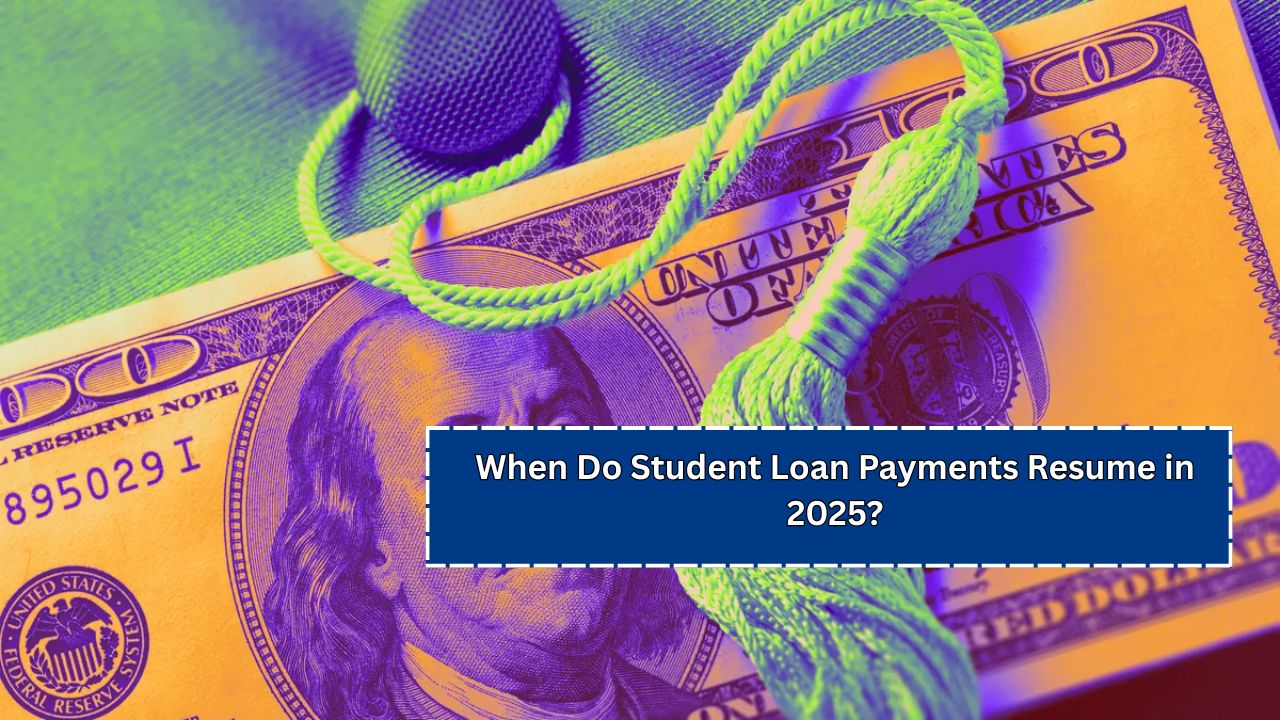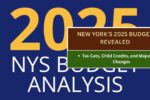WASHINGTON, D.C., USA — Starting Monday, the U.S. Education Department will resume sending defaulted student loans to collections.
Beginning May 5, the department will restart involuntary collection through the Treasury Department’s offset program. This program can withhold government payments — such as tax refunds, federal wages, and Social Security benefits — from borrowers who owe past-due federal student loans. After a 30-day warning period, the department will also begin garnishing wages from borrowers in default.
Currently, about 5.3 million federal student loan borrowers are in default.
The federal government had paused these referrals back in March 2020 due to the COVID-19 pandemic, which also led to a broader suspension of federal student loan payments and interest accrual. That emergency relief, extended multiple times by the Biden administration, officially ended in October.
The return of debt collections has sparked backlash from borrower advocates, who say the ever-shifting loan policies between the Biden and Trump administrations have left many confused and unprepared.
A borrower enters default after missing payments for nine consecutive months. Default impacts credit scores and can lead to wage garnishment and other collection actions.
Alongside those already in default, roughly 4 million borrowers are between 91 and 180 days behind on their loan payments. According to the Education Department, fewer than 40% of all federal student loan borrowers are currently up to date on their payments.
Key Points You Should Know
How does involuntary collection work?
Starting May 5, the Treasury Department’s offset program will go into effect. Borrowers with defaulted student loans will receive official communication from Federal Student Aid explaining their available options, the Education Department confirmed.
Involuntary collection allows the federal government to intercept tax refunds, garnish wages, and seize a portion of Social Security and other benefit payments to recover loan balances.
What’s the difference between being delinquent and in default?
Your loan becomes delinquent when you’re 90 days late on a payment. If the account remains unpaid for 270 days — roughly nine months — the loan enters default.
Delinquency can hurt your credit, but default carries more serious consequences, including wage garnishment and collections.
What happens when your loan defaults?
Once your loan has been overdue for 270 days, it’s reported as being in default. At that point, the government can begin collecting on the debt through various measures, including referrals to collection agencies.

What can you do if your loan is in default?
The Education Department urges borrowers to contact its Default Resolution Group to:
- Set up a monthly payment plan
- Enroll in an income-driven repayment (IDR) plan
- Start the loan rehabilitation process
Betsy Mayotte, president of The Institute for Student Loan Advisors, suggests loan rehabilitation as a helpful option.
To begin rehabilitation, borrowers must contact their loan servicer and request to join the program. Servicers usually require income and expense documentation to calculate a manageable monthly payment. After nine on-time monthly payments, borrowers exit default status. However, loan rehabilitation can only be used once.
What is forbearance?
Forbearance offers a temporary pause on payments for borrowers facing financial hardship. To apply, you need to contact your loan servicer directly.
You may qualify for up to 12 months of forbearance, but interest will continue to build during this time.
What’s Going On With Trump’s Education Department Plan?
Former President Donald Trump criticized the Education Department, calling it wasteful and ideologically biased. His administration proposed shutting it down — a move that would require congressional approval, as Congress created the department in 1979.
Trump’s executive order directed the education secretary to take all lawful steps to facilitate the department’s closure and shift control of education back to states and local authorities.
According to the order, the department would still handle Title I funding for low-income schools, Pell Grants, and aid for students with disabilities.
In March, Trump also suggested transferring the federal student loan portfolio — now valued at $1.6 trillion — to the Small Business Administration.
This article has been carefully fact-checked by our editorial team to ensure accuracy and eliminate any misleading information. We are committed to maintaining the highest standards of integrity in our content.

Outside of work, he enjoys playing chess, following cricket, and writing short stories. His commitment to integrity and in-depth analysis strengthens OTE News’ mission of providing trustworthy journalism.




